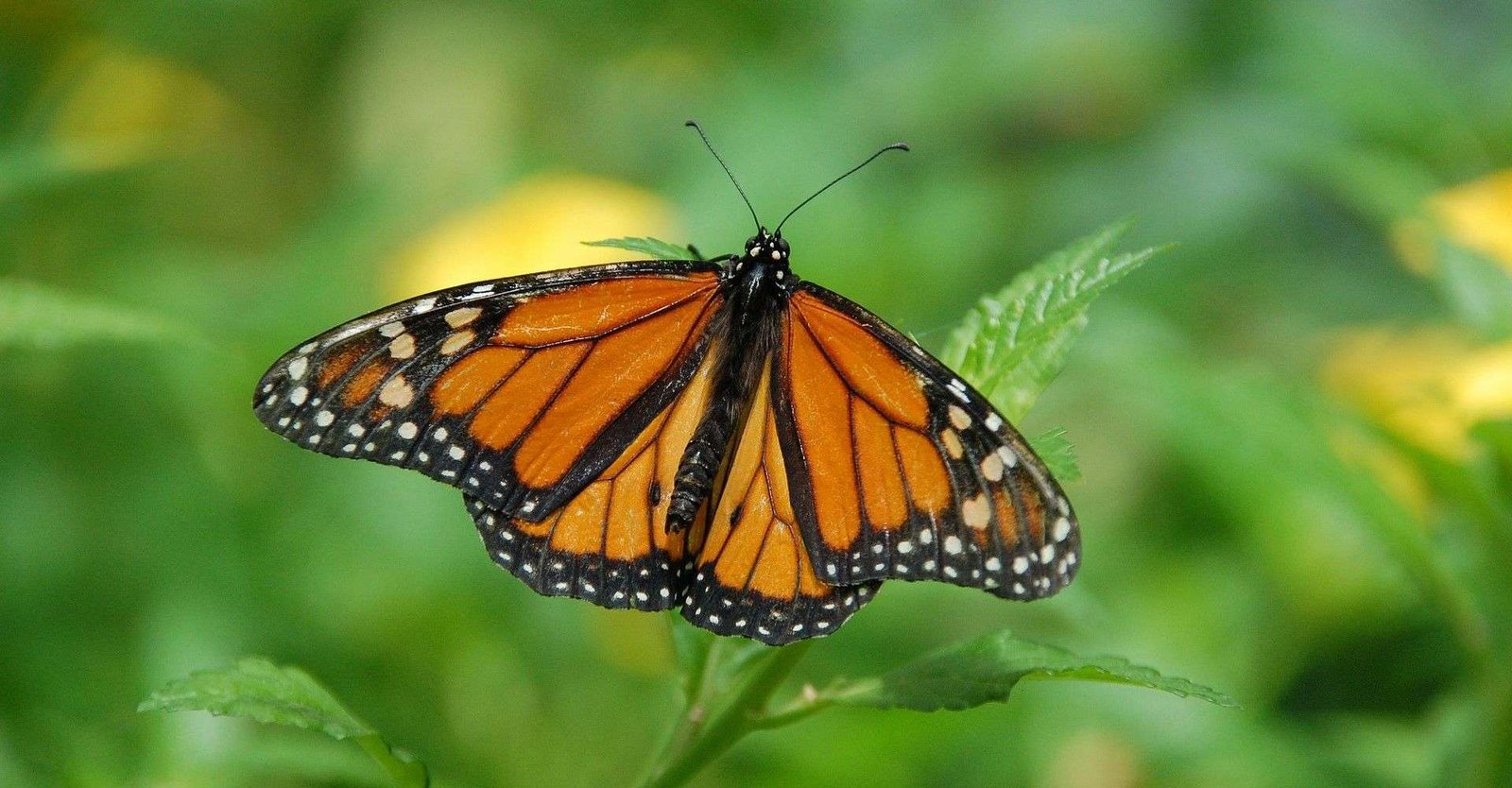Educating about Butterflies

~ by Melissa Jiménez Kardentey
The cycle of life
Both for children and adults, butterflies contain endless teachings. For example, there is a tendency to confuse worms with caterpillars, or to believe that spiders are insects. Some even think that if you touch a butterfly it dies or that they are not important for the ecosystem. Hence, education on butterflies has become a great tool for environmental awareness with students of nearby schools and visitors to the Playa Tortuga Reserve.
The butterflies are given the scientific name of lepidoptera (scaly wings), because their wings are covered by thousands of tiny and imbricated scales. They belong to the order of insects who have a pair of antennae, a pair of compound eyes, two pairs of wings, and three pairs of legs. Unlike them, arachnids (spiders and scorpions) possess four pairs of legs, or the miriápodos (thousand feet and centipede) with a set of legs on each one of its corporal segments.
Another interesting fact occurs in metamorphosis. This great transformation during its life cycle, is divided into four stages, eggs, caterpillars, chrysalis and butterfly. The butterflies deposit their eggs in host plants from where the larvae or caterpillars are born. They will feed with their jaws from these plants until they become a pupa. Remaining there a while they wait before making their transformation to an emerging butterfly. It will no longer have jaws, but it will feed on liquids like nectar or fruit with a new structure called “probosicis”. Remember that the “caterpillars” are larvae in a stage prior to their metamorphosis and have legs unlike the “worms” who lack legs and do not perform any transformation.
We invite you to learn more about these animals by visiting the RPT Butterfly Farm.
